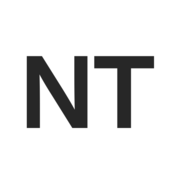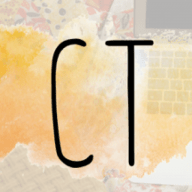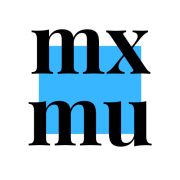This week's best things
Alternate history, research on business models, AI news, disruptions to search, tap design, the accessibility of museums and galleries, a classical music VR experience, the UX of buying an airline ticket, an interview with Charlotte Higgins, immersive experiences, and a Guns n Roses cover.

I have returned from the Alps, Flachau is very nice, I am not good at skiing but I didn't injure myself. A successful week.
To start, I have some personal news. I am striking out on my own as a freelance consultant. So, if you work at a cultural organisation (or know a cultural organisation) who needs advice, guidance or support on digital stuff, then there is information on how I can help here.
Any help in spreading the word would be enthusiastically appreciated.
Ok, here are a whole bunch of good things.
Un Monde Meilleur / A Better World
An alternate history simulator (that can be played in French and English) in which you can choose alternative outcomes for some significant events in history (e.g. the discovery of writing in 3200BCE, Unification of China in 221 BCE, Protestant reform in 1517, Invention of the radio in 1879 etc) and see the potential ramifications.
It's all wrapped up in a mostly-enjoyable-and-straightforward, 80s-flavoured text-prompt-like interface.
Cultural business models and value
Two research reports were released recently that have some similar findings.
The first, commissioned by the National Theatre, looked at performing arts business models "how they operate, the value they deliver, and the challenges they face".
The second, from the team at The Audience Agency, was focused on "using digital to add value".
Amongst many other recommendations (including, in the NT-commissioned report, the proposal of 'strategic mergers'), both projects identified the need for cultural organisations to improve their ability to experiment, and their general technological and data literacy.
"Encourage small-scale, manageable experiments within organisations to explore digital opportunities. These should have clear objectives, use existing resources, and include feedback loops. Experimentation not only mitigates risk but also fosters innovation and can serve as a tool to overcome a resistance to change."
On the subject of experimentation and innovation this is a good read from Idea to Value on "Why It’s Impossible to Prove Your Innovation Will Succeed (and Why That’s a Good Thing)".
"Innovation is inherently uncertain, and that’s okay. Rather than trying to prove your idea will work, shift your perspective. Focus on identifying flaws, testing assumptions, and gathering high-quality feedback from the start. This approach doesn’t eliminate risk, but it makes failure less costly and success more likely."
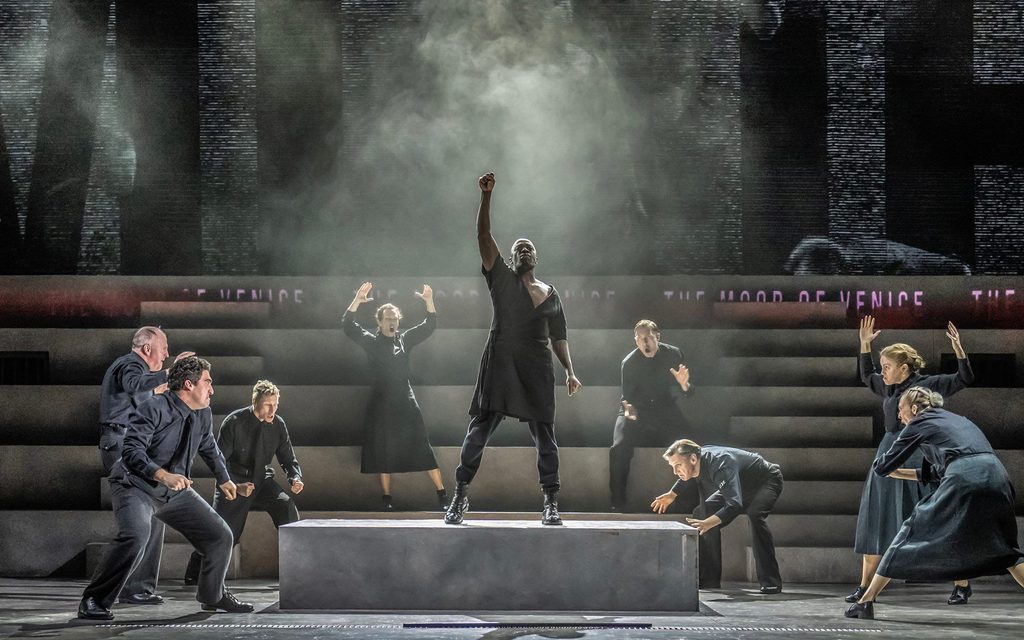
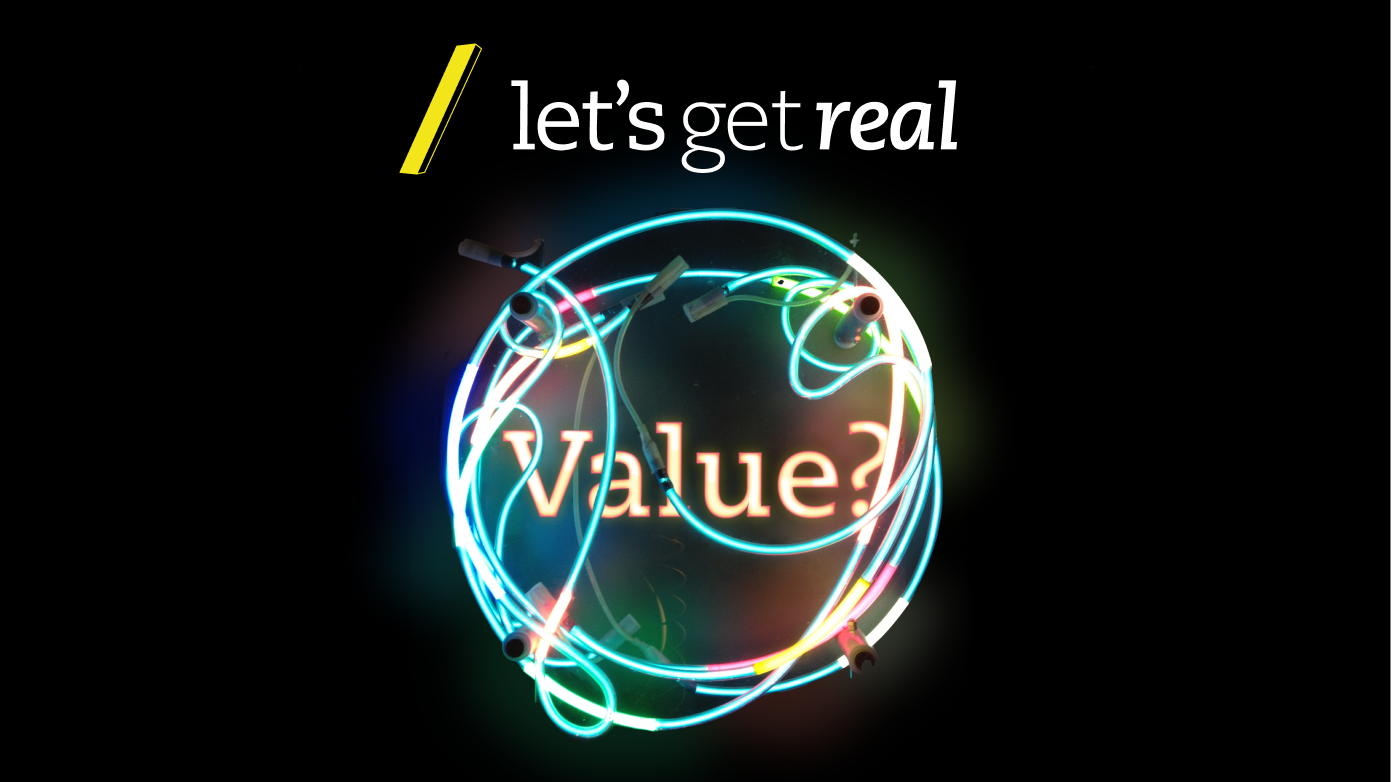
FT Strategies: Reflecting on ‘Journalism and Technology Trends and Predictions 2025’ from the Reuters Institute
"Publishers are starting to see a rise in referrals from ChatGPT and Perplexity. While still small, it signals a shift worth watching."
Some work from the team at FT Strategies which looks at the recent disruptions to search traffic and the impact of AI platforms. Their report is primarily interested in traffic to news publisher sites, but these emerging trends are worth being aware of, and keeping an eye on.


Taps and the case of boring magic in design
Spotted via Mathew Wilson's newsletter.
A good read on the 'boring magic' of tap design, and the potentially ruinous impact of the profit motive on design.
"It’s a strange phenomenon that a design has become progressively worse - rather than better.
In the case of taps, there are two factors behind this trend.
The first is a hygiene-driven obsession with ‘no touch’ products in public spaces, particularly toilets.
The second is our design environment of capitalism. This incentivises tap designers to add more features to create a ‘new’ product which will stand out from competitors. This problem of ‘style over substance’ is one which affects many areas of design.
The story of taps provides a lesson for UX designers: in spite of the commercial pressures, aiming for ‘innovation’ at all costs risks creating a product which delivers radically less value than a ‘boring’ alternative."

The accessibility of museums and galleries in Liverpool
A good blog post from the always-excellent Chloe Tear which describes a recent trip to Liverpool and her experience of visiting three museums there.
Chloe's post is a useful guide if you're trying to understand all of the (small and large) elements of your visitor experience that impact accessibility.
From whether or not you have certain information on your website, through to the design of the building, and how interpretation is presented in your galleries.
"This exhibition did have a large print guide and included tactile and audio elements throughout. You also could scan a QR code to get an audio description of the space. This is particularly great as it was beautiful. You find yourself in a hive as you learn about the life of a bee, what’s not to love! One thing to point out, this exhibit does have low lighting which might cause a problem for some people, but it was level access and staff were really helpful."
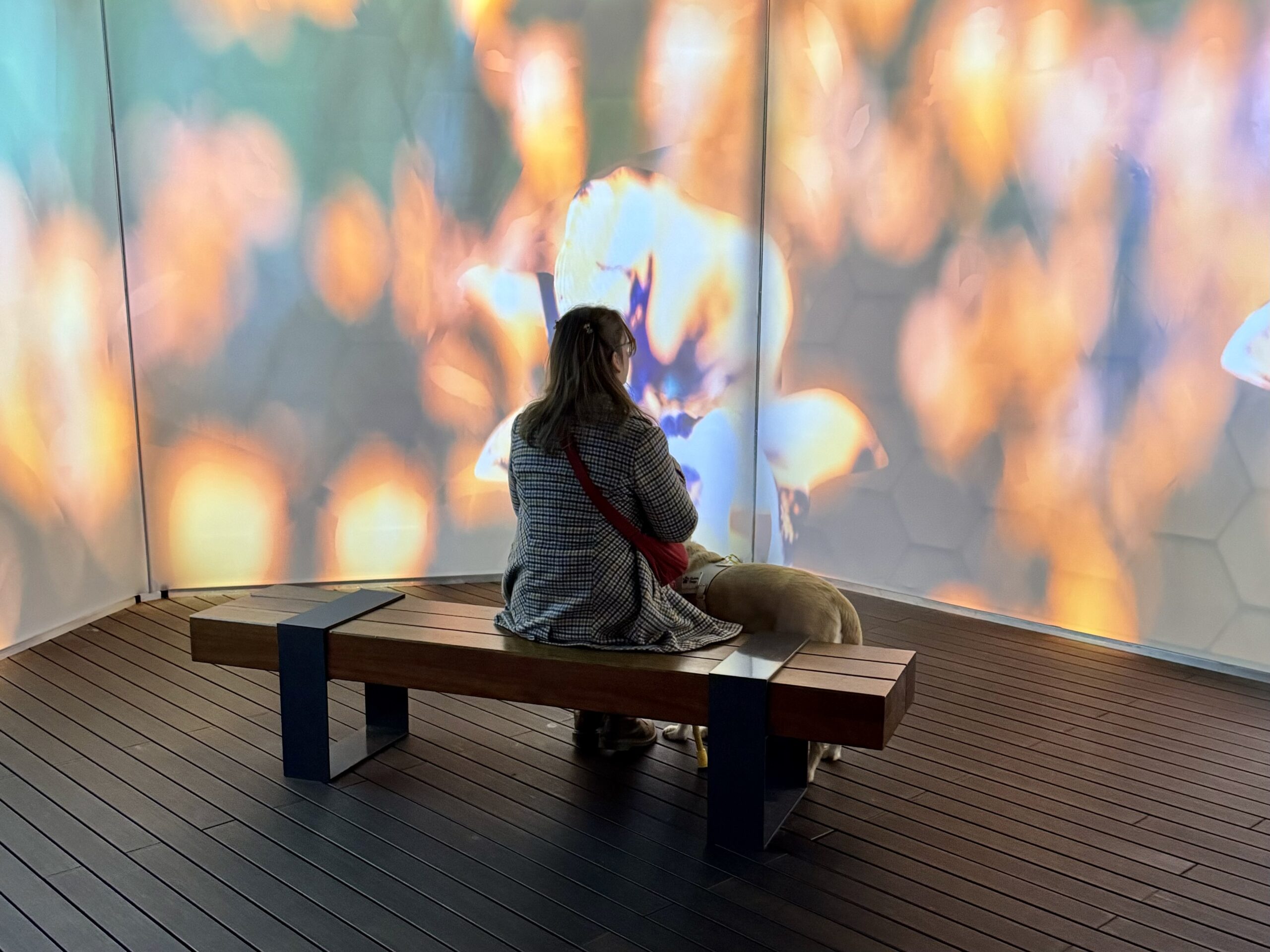
The UX Techniques That Make You Settle for Higher-Priced Flights
Peter Ramsey is a UX expert who (semi-regularly) releases analysis that looks at the ux of different categories of products and experiences.
I first came across his work when he released a report comparing the UX of a number of challenger-banks in the UK.
His latest work looks at the UX of buying airline tickets through both aggregator sites and directly with the airlines.
There's lots in here to think about, particularly if you sell tickets. Because all the research I have seen, and carried out myself, on the user journey of buying tickets to cultural experiences demonstrates that - like buying an airline ticket - those purchase decisions happen over multiple sessions.
"You may think that by using an aggregator, or by booking directly with an airline, you're getting the best deal on a flight.
You're probably not. Sometimes not even close.
Here's the catch: the costs are hidden inside checkout funnels, where you have no easy way to compare alternatives.
It's a cocktail of product psychology and deceptive design.
This 3-part series explores the techniques that each participant uses and how subtle design cues can alter your behaviour.
At times it borders on the obscene—such as encouraging customers to pay £2.90 to receive an SMS via an "upgrade".
We'll cover how brand value is built up over multiple sessions, making you less and less likely to shop around."
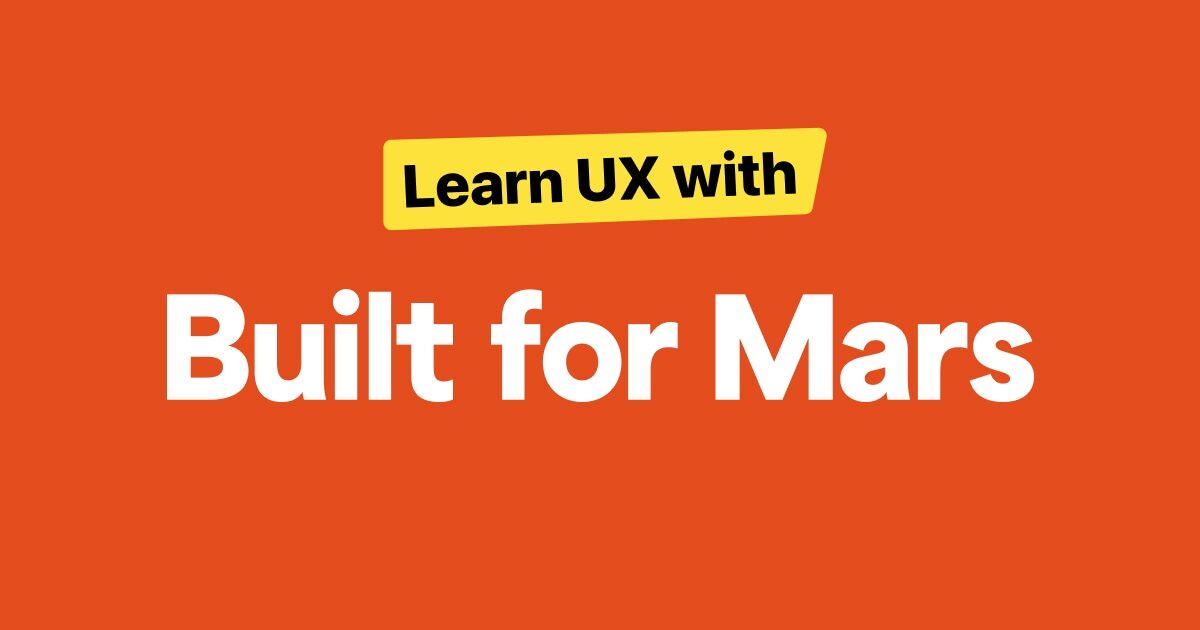
A redesign for the Natural History Museum
It looks like the NHM team have launched a redesign of their site.
I saw this via a post from Avinash Mair on Linkedin in which they say "we built a design system from scratch, making usability and accessibility improvements to key journeys, pages and components. There's a long way to go, many problems to solve and so much more to come."
I'm not sure how much I like this, it feels quite overwhelming and unfocused, but that might just be because I'm under the weather this week.
And it doesn't seem like it makes the most of their new brand either.
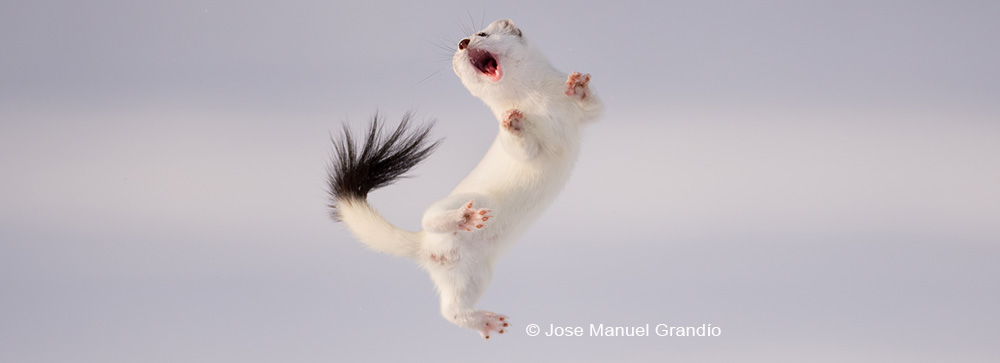
Is VR the answer to getting audiences in concert halls?
This piece from David Taylor is worth a read because it gives a good, tangible description of what an on-site VR experience actually involves.
And he took a friend whose experience is probably a useful way to understand the value of these types of installations.
"But enough about me. What do other people think of it? Well, my guinea pig friend who I had to bribe to come along absolutely loved it. To the point I had to sit there waiting for them to come out of the headset as they kept watching.
The Sibelius video itself was a particular hit. “Seeing and being in the landscape that inspired the music made it make sense”. The result was that they wanted to know more and even demanded I send them more music by Sibelius on Spotify. They went from being uninterested and tagging along for free food to a full on convert in 30 minutes."
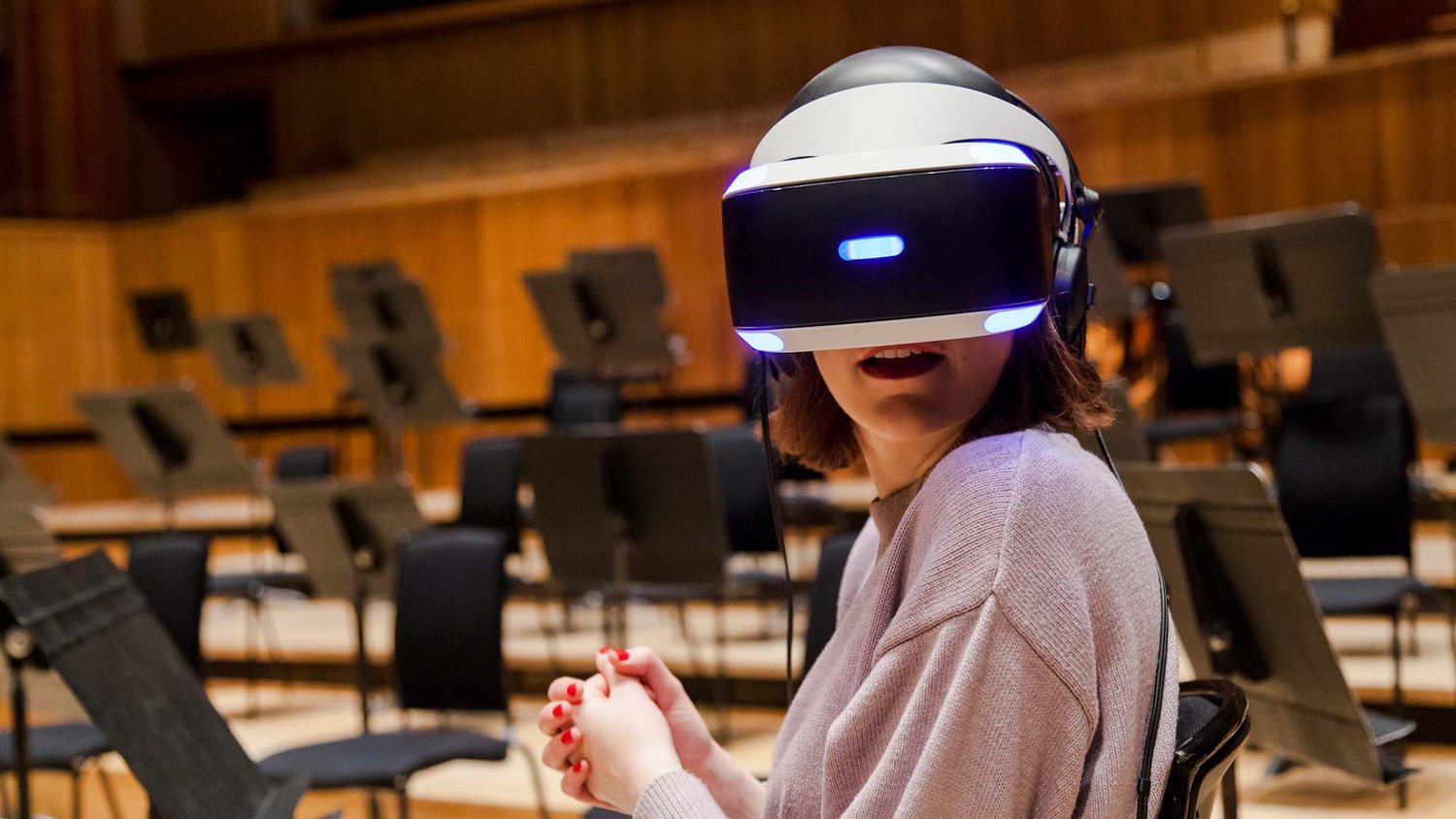
Behind the scenes of that Guardian piece on the British Museum
You have probably already seen the recent Guardian long read about the British Museum, written by Charlotte Higgins.
There's a good interview with Charlotte in the most recent edition of the Maxwell Museums newsletter which highlights just how much work goes into producing an article like this (about a year's-worth).
"It felt like the right moment to draw a lot of threads together. I’d previously pitched a piece specifically on the Parthenon sculptures — maybe two or three years ago — but my editors had felt that not quite enough was shifting to warrant it at the time. I started properly working on the piece at the start of 2024, but there again, I had been reporting on the museum for two decades, so had already built up a fund of knowledge to draw on.
Articles like this are a huge investment of time. It’s unique in British journalism to have a section like the Guardian’s long read sitting in the middle of the main section of a daily paper: a little internal operation that works more like a US magazine. The long read is about deep reporting, long conversations about structuring a piece, and an often painful editing process."
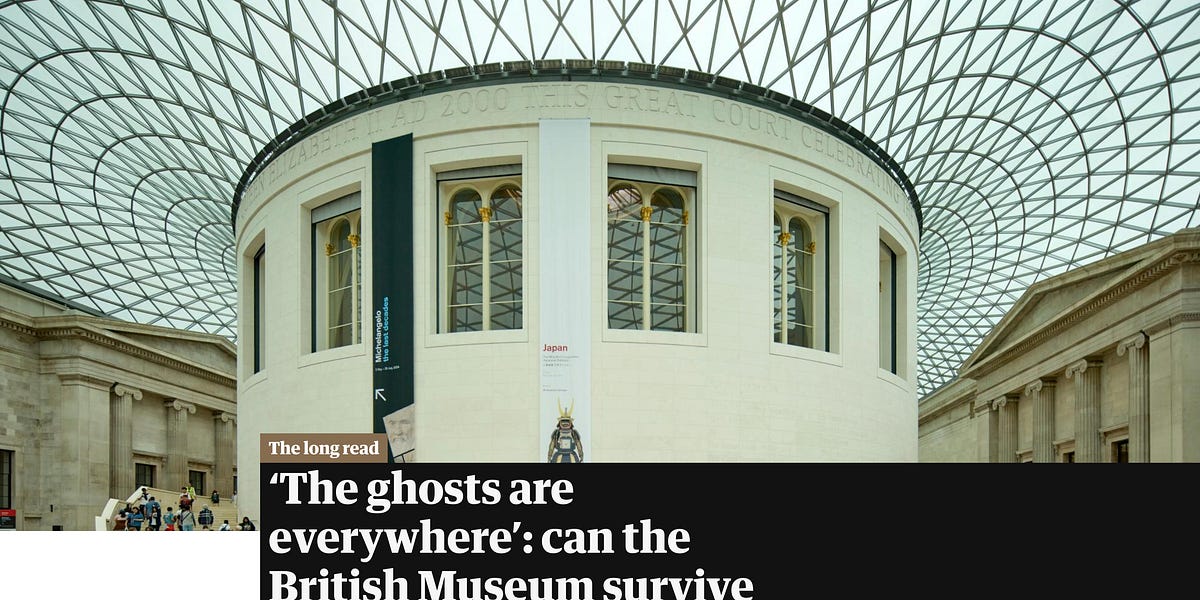
Some things about AI
Eyerollingly inevitable but it's too newsworthy not to include.
In case you missed it, a (relatively) small Chinese startup has released a new AI model (called R1) that "nearly match the capabilities of its far more famous rivals, including OpenAI’s GPT-4, Meta’s Llama and Google’s Gemini — but at a fraction of the cost."
This new model was reportedly developed for around $5m (which is miniscule amount compared to the sums spent by all of the other companies listed above), can be run on relatively normally-powered computing, and has been released on an open source basis (meaning it is much cheaper for other developers to use in their work).
It has laid waste to the central premise of the (mostly American-focused) AI hype bubble which is that you have to set fire to increasingly enormous piles of cash to advance AI tooling.
It has also had the slightly tedious effect of then being used by everyone to say that their particular thesis on AI has now been proven totally correct.
This explainer from CNN is a decent primer.
It's also a stark illustration of the potential for censorship and bias in these models, as asking any questions about Ai Weiwei, Tiananmen Square, or Taiwan has shown.
Here are three reflections on the impact of DeepSeek from MIT Technology Review.
A week or so after the release of DeepSeek, OpenAI (the people behind ChatGPT) released a new research agent (an AI agent is a tool that can carry out computing tasks on behalf of a user) called, imaginatively, DeepResearch (not to be confused with Google's research tool which is also imaginatively called DeepResearch).
This new agent is designed to, as OpenAI describe it, "carry out in-depth, multi-step research using data on the public web". Early indications are that it seems to be a big step forward.
There is a long read from Ethan Mollick about the potential implications of these new tools.
"These two threads have finally converged into something really impressive - AI systems that can conduct research with the depth and nuance of human experts, but at machine speed. OpenAI's Deep Research demonstrates this convergence and gives us a sense of what the future might be"

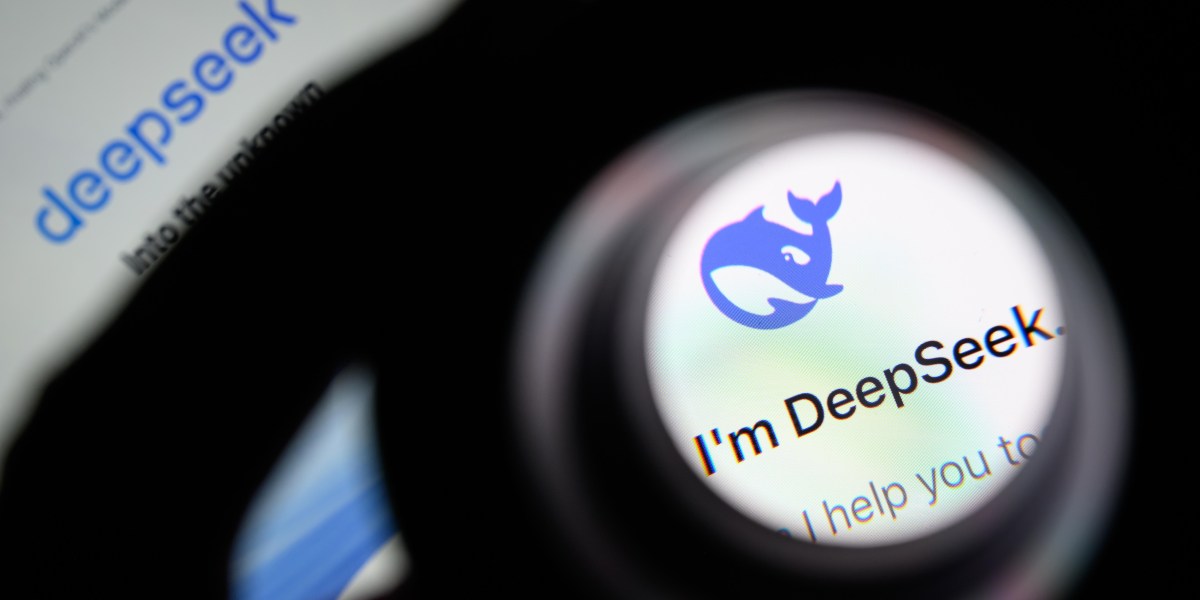
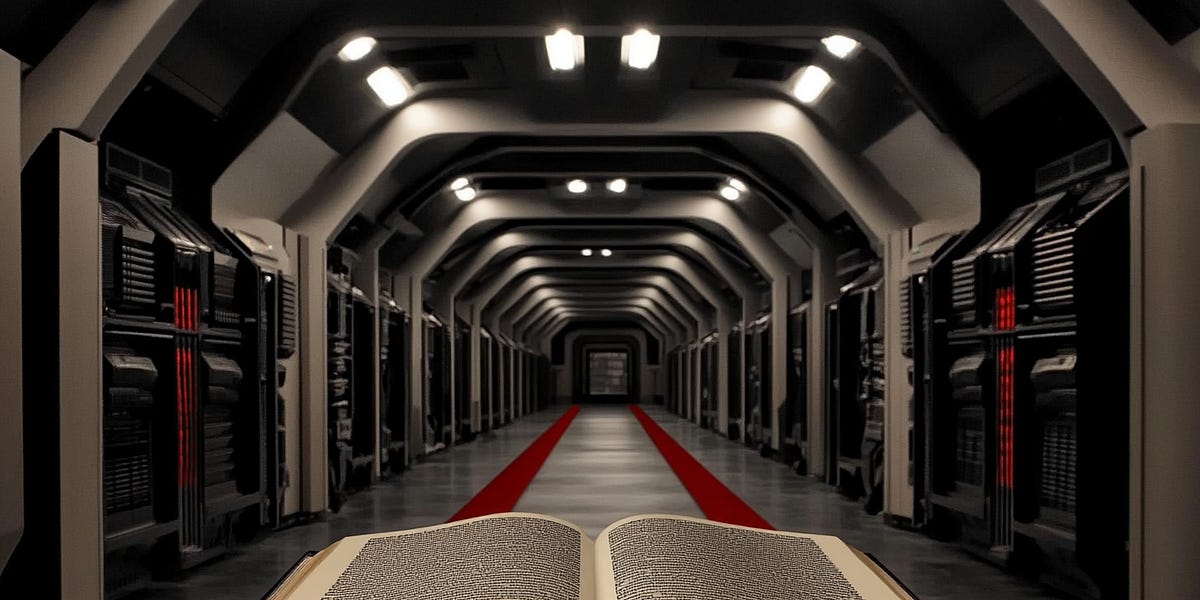
AI-powered CMS tools for content teams
It was interesting to see an announcement from web agency, Numiko recently that they have built some AI tooling into their CMS deployments.
"You don’t want AI to write your content, as you’re the subject matter expert and it’s prone to hallucinating. But what if it could make writing your content easier by handling all the little admin jobs that slow you down? That’s what we’ve built our suite of AI tools in Drupal to do. They can do the CMS equivalent of ‘doing the dishes’, so you can focus on more creative, valuable and fulfilling tasks."
I have many issues with Drupal itself as a CMS, but using AI in this sort of context could be a useful development given the capacity constraints that many cultural organisations operate within.
The use cases they outline here are relatively small scale at present (suggestions for alt text, tags, and summaries, alongside some tone of voice analysis) but making content administration more efficient feels like a promising area to focus on.
Ask your web agency about this sort of thing!
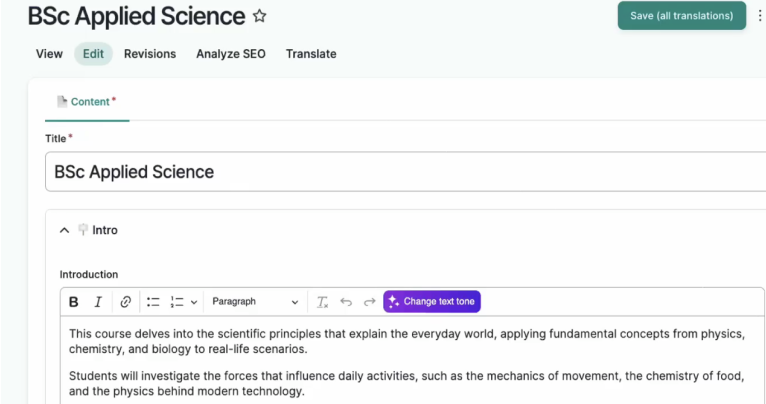
The second wave of immersive institutions has arrived—how can traditional museums and galleries harness their power?
A piece from Chris Michaels in The Art Newspaper on the continued growth of immersive experiences.
"In the year since The Art Newspaper analysed the immersive institution, the first touring partnership between one, Frameless, and a leading UK museum, the National Portrait Gallery, was announced. With free-roam VR venues looking set to scale even faster than those showing digital art on large-format screens, new doors of collaboration are opening for museums and galleries worldwide."
Broadly it seems that the capital requirements of this sort of experience are still significant, so they seem to cluster in places and spaces where money already gathers (brand partnerships, tech/innovation showcases, and extensions of existing commercial enterprises).
I suspect there are ways for non-profit organisations to push themselves into the mix (if they want to), but it may require a frank reordering of values and priorities to do so.
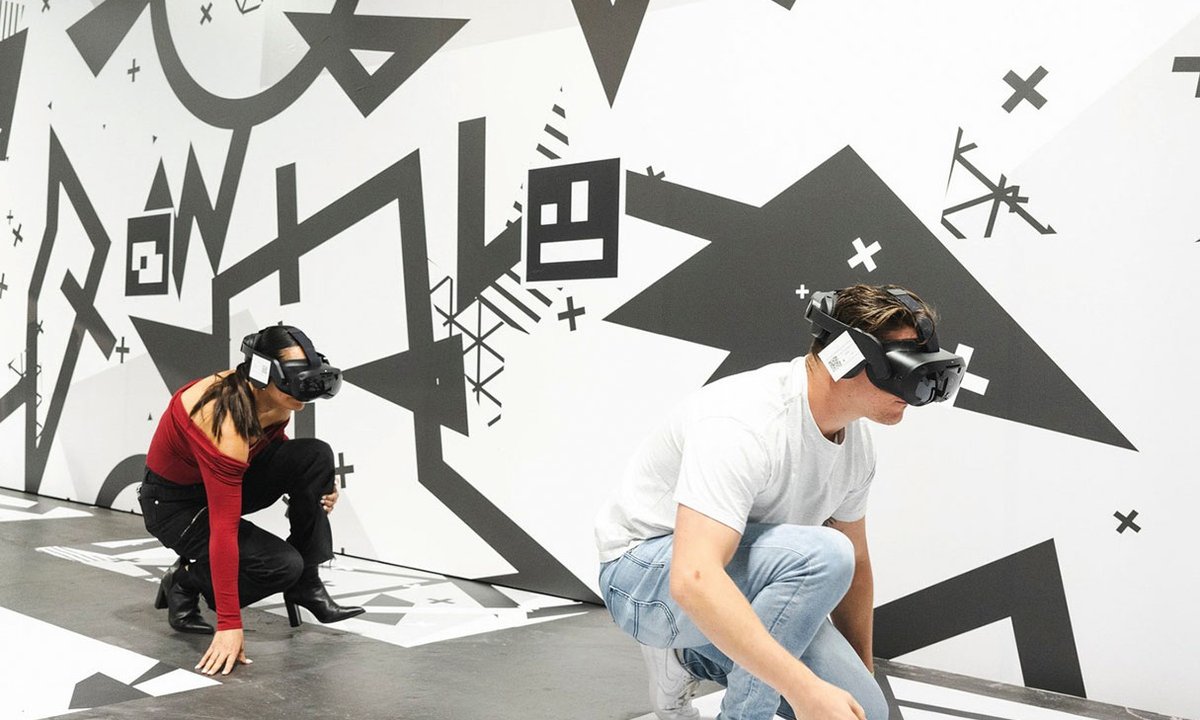
A few vacancies
Every now and then I see jobs that look like they might be interesting, here are some I've spotted recently:
- Product Manager (Collection Online) - Royal Collection Trust - London, UK - £35,000 - deadline 09/02/2025
- Multimedia Editor - National Galleries of Scotland - Edinburgh, UK - £29,888 to £32,602 - deadline 10/02/2025
- Chief Digital Officer - National Theatre - London, UK - £120,000 - deadline 13/02/2025
- Managing Editor - Storythings - flexible/hybrid - £45,000 - deadline 14/02/2025
- Content and Engagement Specialist (Heritage Science Data Service Project) - The National Gallery - £40,215 - deadline 23/02/2025
- Digital Content Manager - The Fitzwilliam Museum - Cambridge, UK - £34,866 to £45,163 - deadline 23/02/2025
- Project Manager for the CoSTAR National Lab - Royal Holloway University of London - London, UK - £40,839 to £48,003 - deadline 23/02/2025
- Product Owner (Intelligence artificielle & Innovation) - Arte - Strasbourg, FR - deadline 18/03/2025
Welcome to the Jungle played on a Japanese shamisen
This, as the kids say, slaps.
@thebretcrowshow #duet with @広本レオ🗻 welcome to the shamisen #tiktokbassist #thebretcrowshow #bassistsoftiktok #bassplayers #jammingwithfriends #primustiktok #addingbasstoduets #bassplayersoftiktok #tiktokcomposer #loopermusic #livestreamer #tiktoklivestreamer #gunsnroses #welcometothejungle #shamisen
♬ sonido original - 広本レオ🗻
This week's consumption
There's a new single from Sparks, which is always exciting, Do Things My Own Way is the first thing off their upcoming album MAD! I love Sparks.
I've started reading Without Ever Reaching The Summit by Paolo Cognetti which, thus far, is good (not as good as The Eight Mountains though)
I have, for reasons that aren't entirely clear to me, watched most of the first season of The Night Agent on Netflix (not to be mistaken with The Night Manager that stars Hugh Laurie and Tom Hiddleston). It's a bit like 24, but less silly (it's still quite silly).
I also watched bits of Friends From College which my wife has been working her way through. It is - as this Guardian review says in more colourful terms ("televisual arsehole safari") - full of some of the worst people you'll ever watch on tv.

